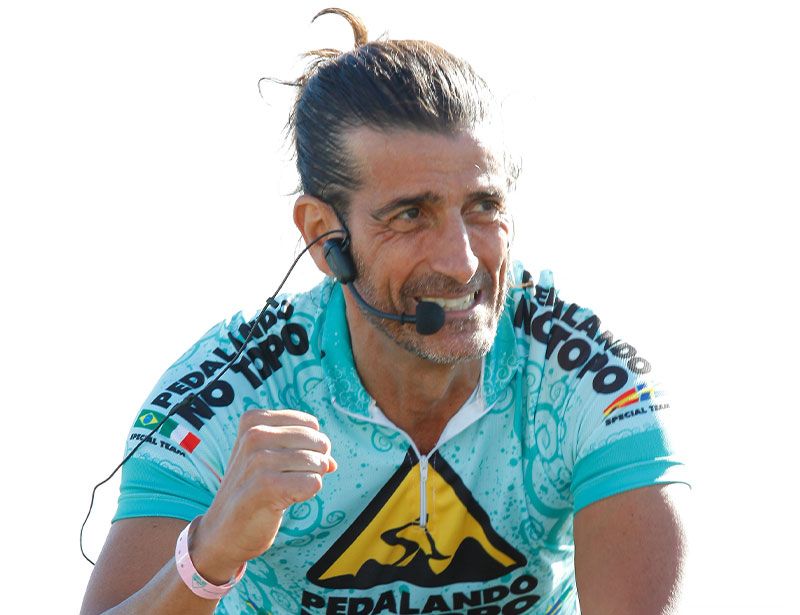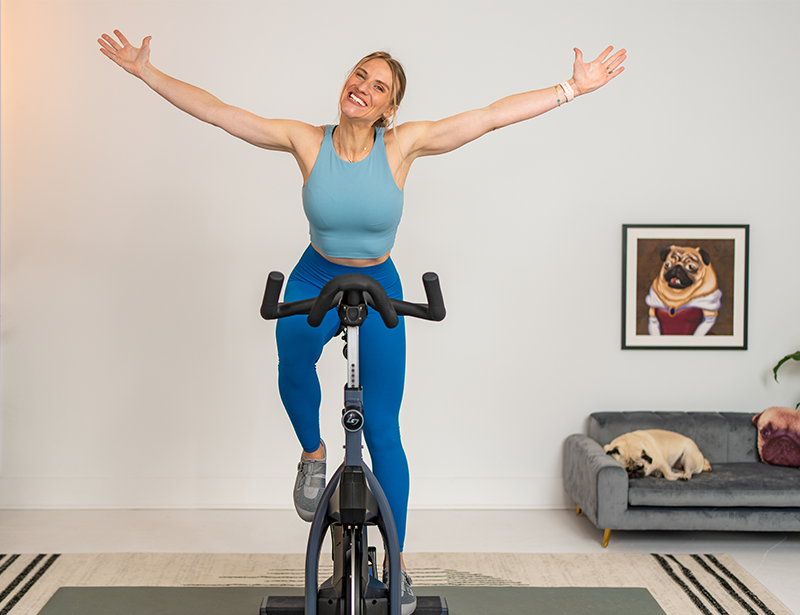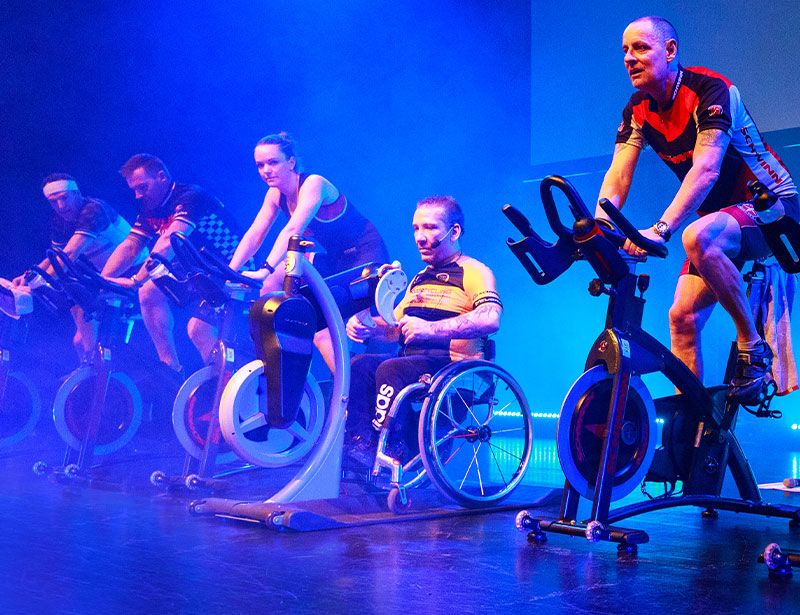Rockstar instructors
Are you vocally fit?
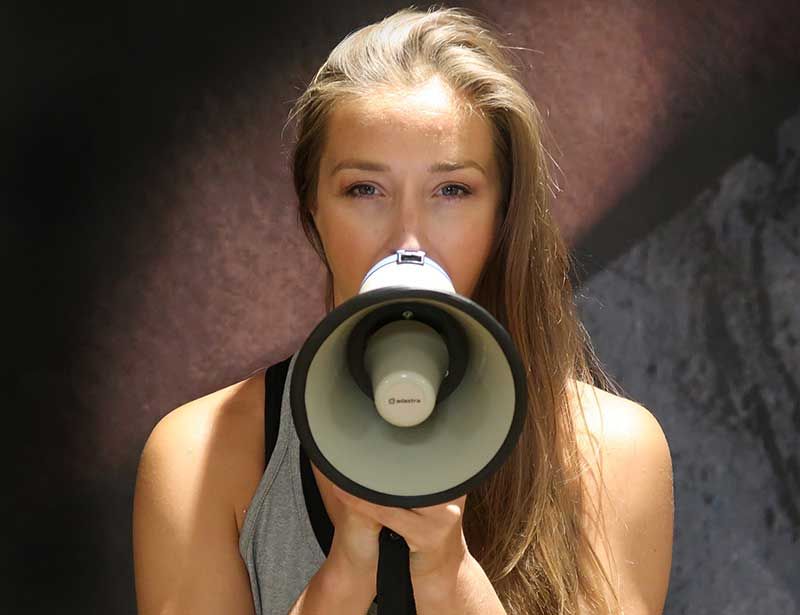
“As fitness professionals, we learn about almost every muscle in the body,” says Susie Millen, cycle master trainer for Third Space and founder of My Vocal Fitness. “Rarely, though, are we taught how to use our voice or a microphone effectively.
“The result: instructors across the planet aren’t vocally ready to teach the volume of classes they’re timetabled to deliver each week. Their voices are tired and they’re finding instructing an effort. They’re struggling to project their voices and be heard. In some cases, they’re developing vocal injuries such as swelling of the vocal folds, nodules or polyps. Their voices are unreliable, deteriorating, even lost.
“There’s no reason why, vocally at least, you can’t teach 20 classes a week. You just need to do the right things for your voice. ”
“As a freelance instructor – as so many are – that’s a massive issue, because it’s impossible to work if you’ve lost your voice.
“This is why I created My Vocal Fitness: to teach instructors to look after their voices, helping them achieve longevity in their careers as well as providing a better in-class experience for participants.”

A universal problem
She rewinds the story: “My own vocal journey began seven years ago, when I was working at the dynamic XYZ cycle studio in Hong Kong. After a while, I noticed that colleagues were complaining of vocal strain, or even losing their voice, and were having to take time off for vocal rest. Instructing up to 15 classes a week as I was, I was beginning to feel the same.
“But there was nobody to go to for advice. If you’re a singer with voice issues, you can go to a singing teacher. If you’re an actor, you go to an acting coach. But there was nobody providing vocal education for fitness instructors. I realised there was a gap in the market.
“I began working with Amanda Restivo, a voice coach who taught me how to warm up my voice before class, as well as giving me an insight into what’s vocally safe to do as an instructor if you have a healthy voice versus an unhealthy one; even if you have voice issues, there’s generally something you can do to help.
“I then applied this new knowledge, plus the skills I’d learned during singing training at dance college, to my own vocal fatigue. The results were dramatic, so I created a workshop for my colleagues in Hong Kong and the feedback was incredibly positive.
“You shouldn’t have to speak at more than a normal conversational level in class. Your mic is your best friend!”
“My next step was to find mentors who could help me develop my concept, and after a year – by which point I was in London – I finally found The Vocal Process. These two individuals, Gillyanne Kayes and Jeremy Fisher, had a background in singing, but were able to explain the differences between preparing to sing versus preparing to speak. They helped me understand what was going wrong in the GX studio and how to address it.
“Bringing together their singing expertise with my group exercise experience, we developed a range of exercises, warm-ups, tools and skills to create an interactive workshop specific to the needs of GX instructors. My Vocal Fitness was born.”
Be vocally ready
She continues: “At My Vocal Fitness, I create personalised vocal plans for instructors to help them prevent vocal strain and injury. Equally, if you already have vocal problems – if you have nodules or polyps, for example – I can give you techniques that are safe for your voice.
“We talk about vocal warm-ups and cool-downs. About how to use a mic. We talk a lot about volume control. I make it relevant to the instructors’ classes and the type of language they use.
“Ultimately, my belief is this: there’s no reason why, vocally at least, you can’t teach 20 classes a week. You just need to do the right things for your voice, and that starts with the following five tips.”
“If you’re a singer with voice issues, you go to a singing teacher. But there was nobody providing vocal education for fitness instructors”
#1 – Warm up
“My main piece of advice: you have to warm up your voice before class. You need to bring your vocal chords together gently in a way that’s relevant to you, playing with your range using certain sounds and words that you use in class. It really only takes five minutes – I do it while I’m setting up for class – but it’s been a game-changer for me and everyone I’ve worked with.”
You can view a vocal warm-up demo from Millen here.
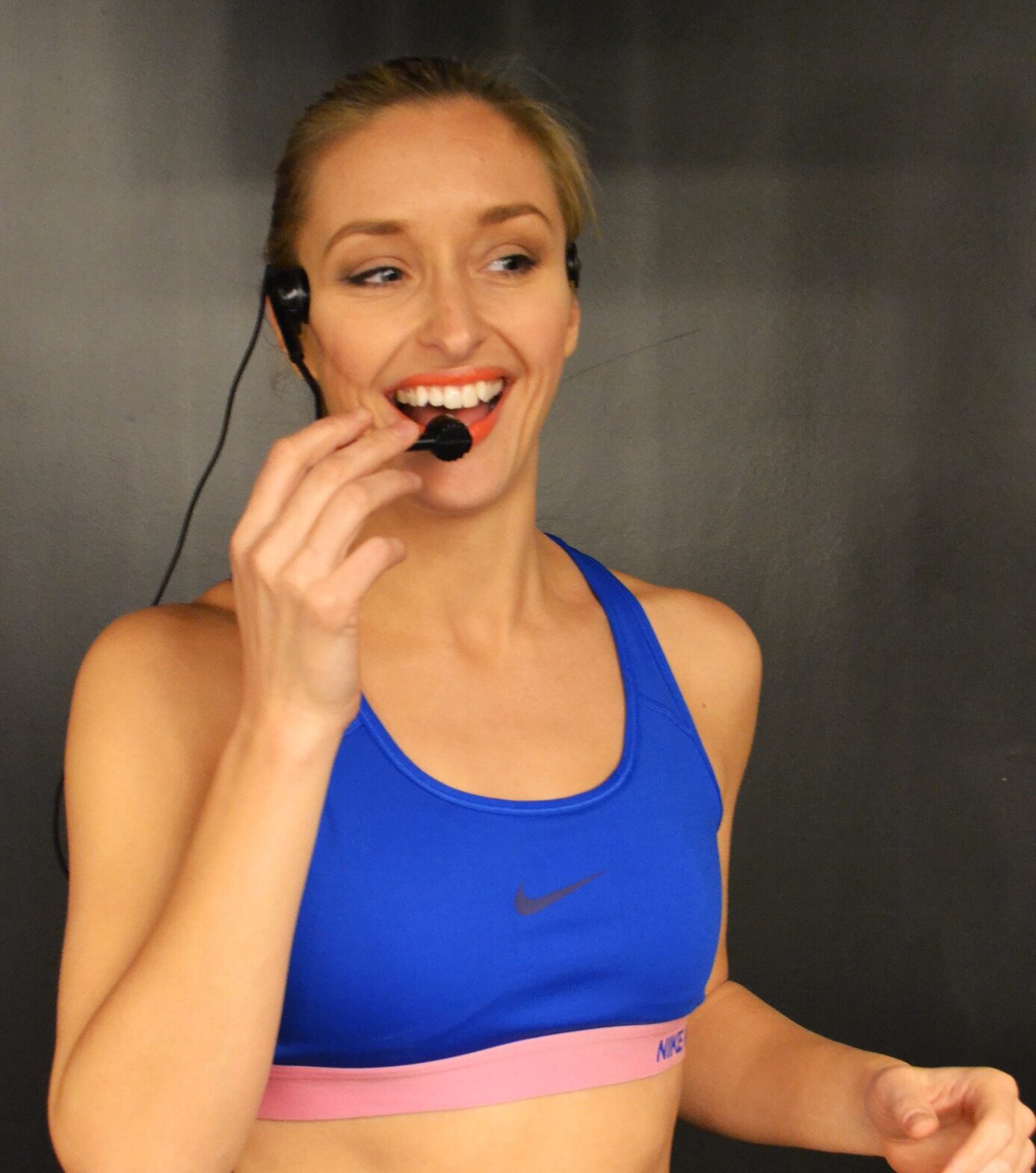
#2 – Avoid shouting
“Shouting should be avoided at all costs, as it places huge strain on the voice and isn’t sustainable. It’s easier said than done – shouting is a natural instinct in a noisy environment when the music is pumping, and/or you’re delivering a class via Zoom and you’ve stepped back from the screen – but you shouldn’t have to speak at more than a normal conversational level in class.
“With that in mind, your mic is your best friend! Let it do the hard work. Personally, I wouldn’t work for an operator who didn’t provide a reliable mic, but if you do find yourself in that position, I’d suggest it’s worth buying your own.”

#3 – Speak melodically
“Inject melody into your voice – highs and lows, light and shade – rather than speaking on only one or two notes, which we call monotone. This isn’t just better for the member experience, making your words more engaging, but also makes you less likely to shout. Because when we shout, we shout in monotone.”
“Instructors aren’t vocally ready to teach the volume of classes they’re timetabled to deliver”
#4 – Know when to speak
“This one sounds so obvious, but you’d be surprised how often it gets ignored: know your music. Specifically, know when the lyrics kick in and avoid speaking at the same time. There are definitely good and bad times to speak in class, and trying to speak over the top of lyrics makes it more challenging to be heard and puts more strain on your vocal fold.”
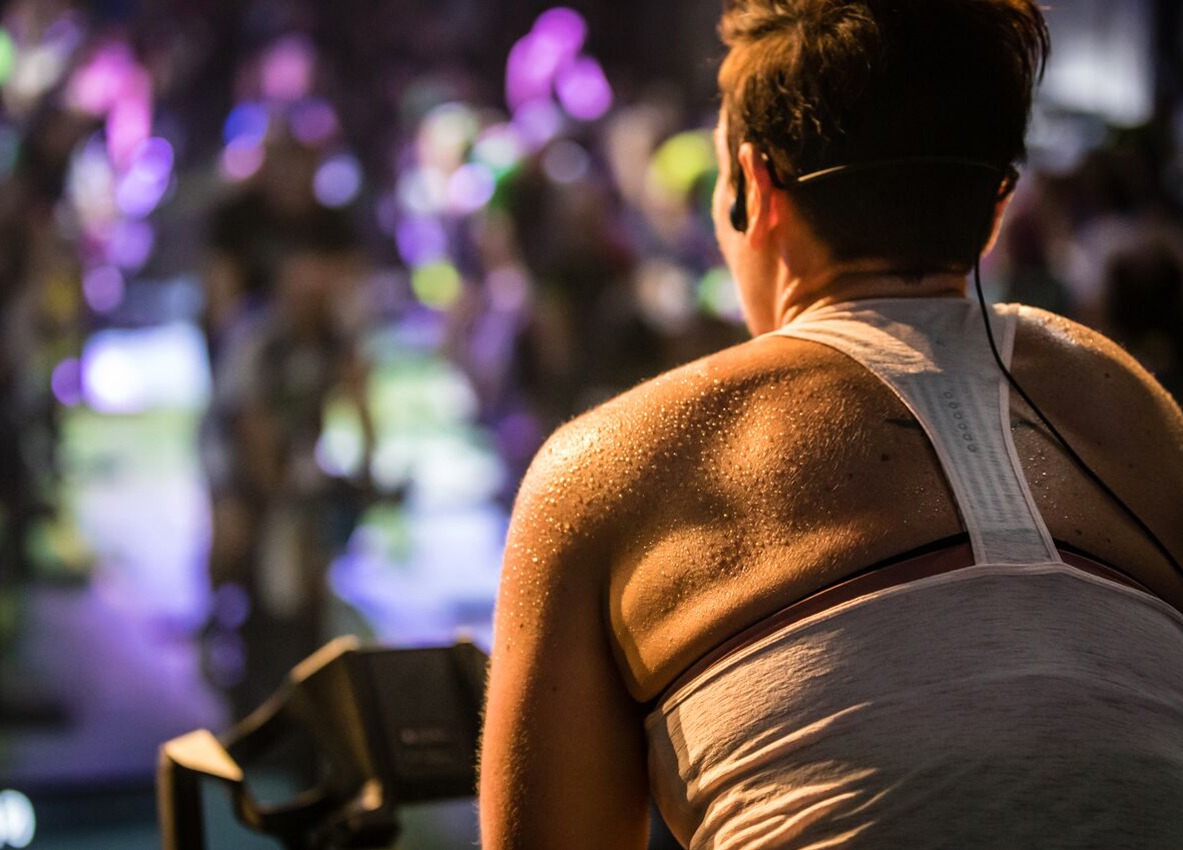
#5 – Keep drinking
“Drink plenty of water. Take some with you into class. Your vocal chords need to be moist to vibrate properly, and they won’t be if your whole body isn’t properly hydrated. Drink water to save your voice.”
Video

Conceived, powered and funded by BODY BIKE®, RIDE HIGH has a simple mission: to celebrate and champion the very best of indoor cycling, sharing ideas, stories and experiences from around the world to inspire the sector on to even bigger and better things. Subscribe for free by leaving your details below and we'll send indoor cycling's hottest news direct to your inbox three times a year.

